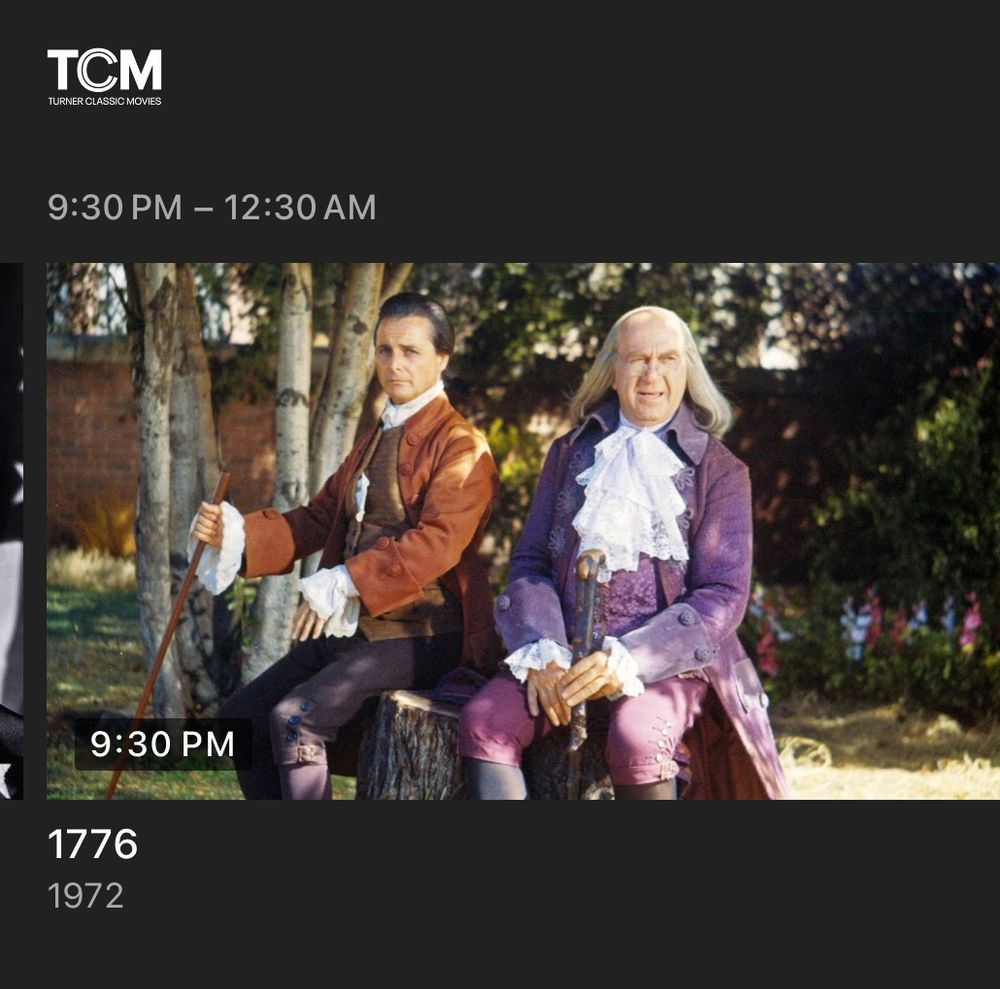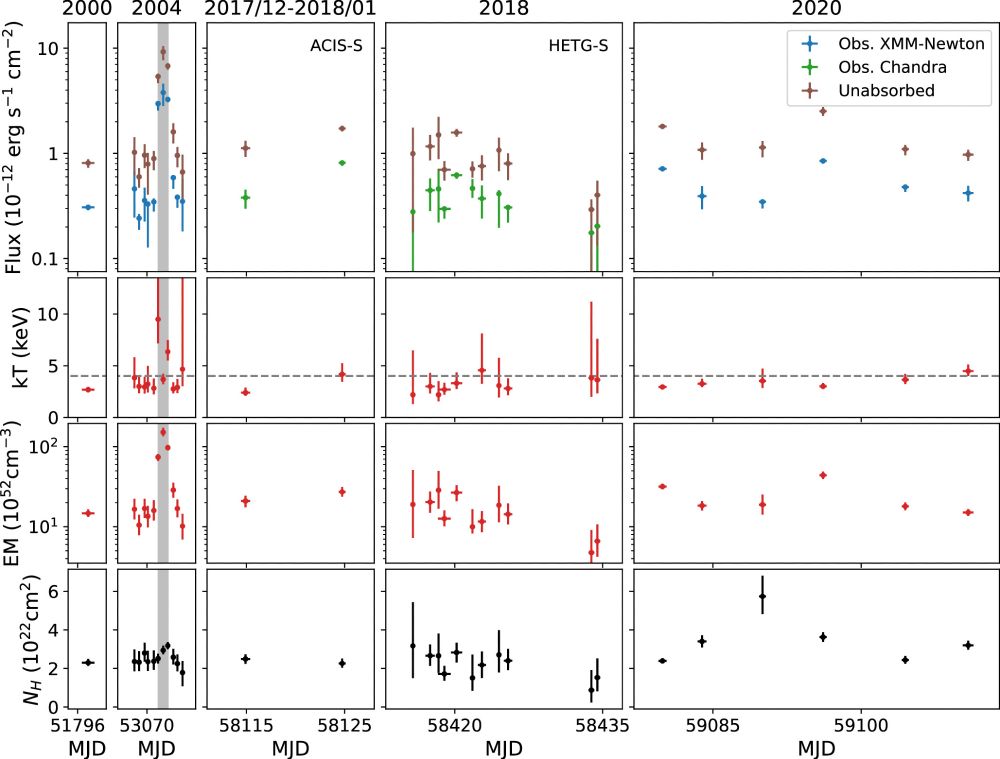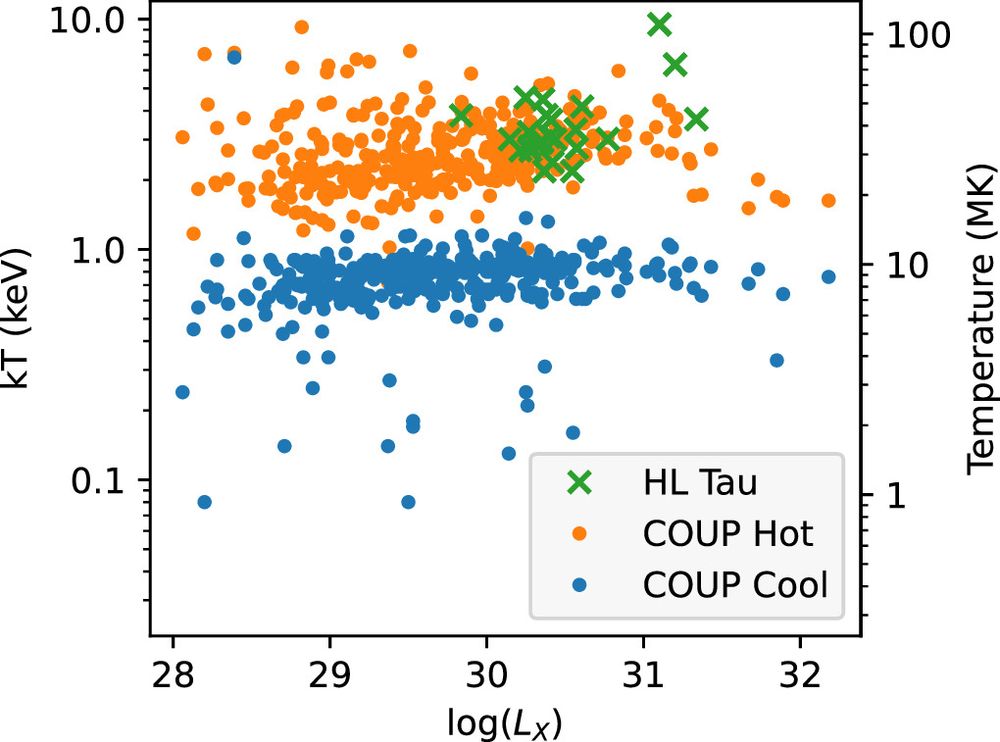Steven Silverberg
@silverbergastro.bsky.social
290 followers
980 following
74 posts
Postdoctoral Fellow, Smithsonian Astrophysical Observatory. Focus on low-mass stars and the material around them. PI of Disk Detective.
Posts
Media
Videos
Starter Packs


